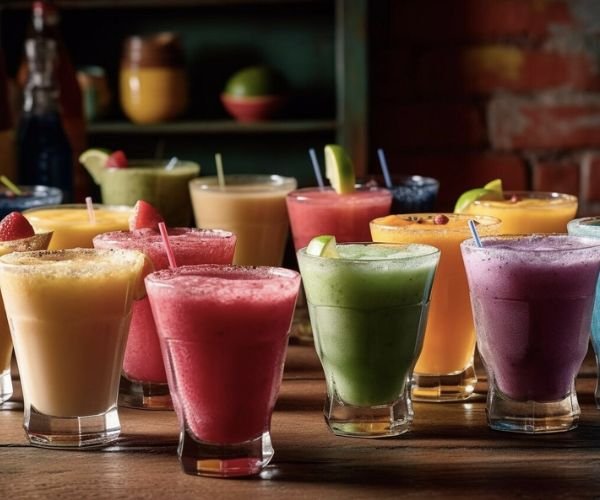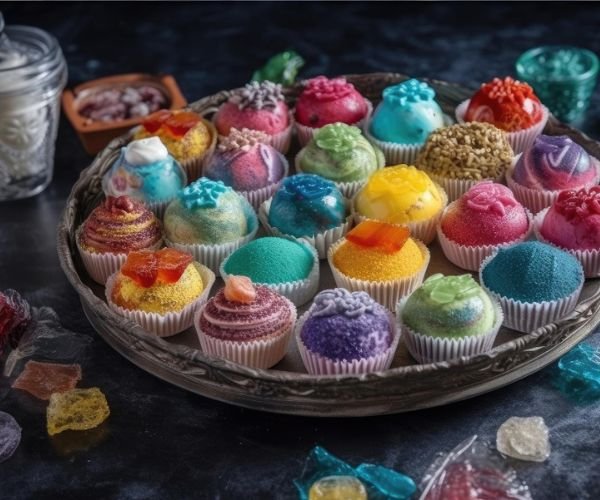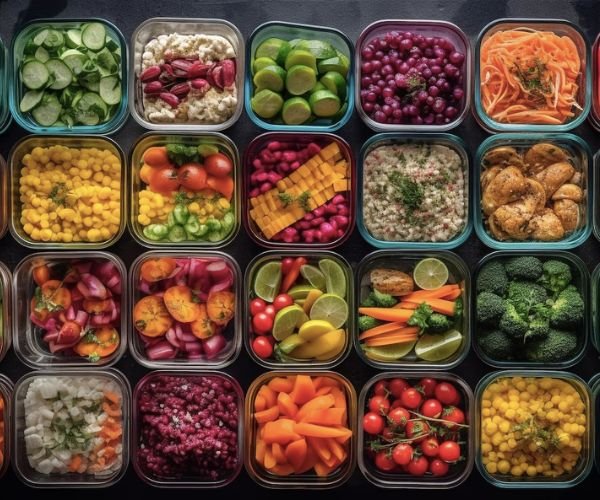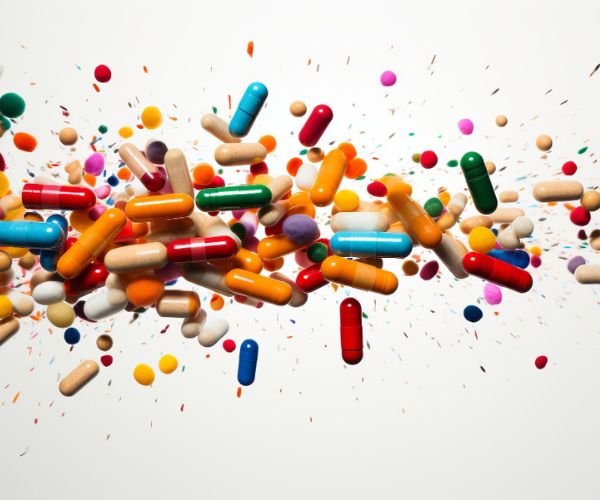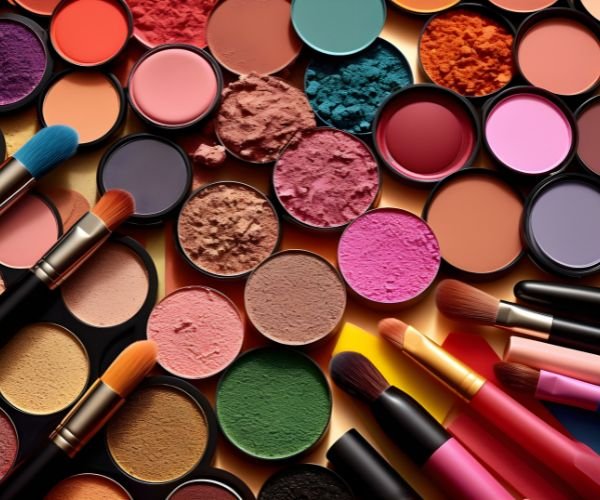The Versatility of Food Color Powder
Enhancing Culinary Creations
Food color powder is an essential ingredient in the culinary world, widely used to add vibrancy and appeal to a variety of food and beverage products. Its versatility, ease of use, and long shelf life make it a favorite choice for both home cooks and professional chefs.
In this article, we’ll explore the types of food color powders, their applications, and tips for achieving the best results in your culinary creations.
What Is Food Color Powder?
Food color powder is a concentrated, dry coloring agent made from either synthetic or natural ingredients. It is free from moisture, making it a stable and shelf-friendly option for adding color to foods. Unlike liquid or gel-based colorants, powdered food colors offer a high level of pigmentation and can be easily mixed into dry or wet ingredients.
Types of Food Color Powder
Synthetic Food Color Powders
- Manufactured from synthetic dyes, these powders are highly vibrant and consistent.
- Available in a wide range of shades like red, yellow, blue, and green.
- Commonly used in candies, baked goods, and beverages.
Natural Food Color Powders
- Extracted from natural sources like fruits, vegetables, and plants.
- Examples: Beetroot powder (red), turmeric powder (yellow), spirulina powder (blue-green).
- Preferred for health-focused and clean-label products.
Edible Metallic Powders
- Adds a shimmering or metallic effect to cakes, chocolates, and desserts.
- Often used in decorative applications.
Applications of Food Color Powder
1. Baking and Desserts
Food color powders are widely used in baking to enhance the appearance of cakes, cookies, macarons, and frostings. Their high pigmentation ensures vibrant results without altering the texture of batters or icings.
2. Confectionery
Candies, gummies, and chocolates often rely on food color powders for their eye-catching hues. Metallic powders are particularly popular in luxury chocolates and bonbons.
3. Beverages
Powdered colors can be dissolved in water or other liquids to create vibrant cocktails, smoothies, or mocktails. Natural powders like butterfly pea flower or matcha also add unique flavors.
4. Savory Dishes
In savory applications, food color powders can enhance the visual appeal of dishes like rice, sauces, or soups. Turmeric and paprika are examples of naturally pigmented powders used for both color and flavor.
5. Specialty Products
- Edible Art: Used in creating detailed decorations on cakes, cookies, and pastries.
- DIY Projects: Ideal for making homemade playdough, bath bombs, or soaps.
Advantages of Food Color Powder
- Long Shelf Life: The dry form is less prone to spoilage, making it ideal for long-term storage.
- Highly Concentrated: A small amount goes a long way, reducing waste.
- Versatility: Can be used in both dry and wet applications.
- Custom Blends: Powders can be mixed to create unique, custom shades.
Tips for Using Food Color Powder
- Start Small: Add a little at a time to avoid overpowering the dish. You can always add more to achieve the desired intensity.
- Mix Thoroughly: Ensure the powder is evenly distributed to prevent uneven coloring.
- Combine with Liquids: For smooth blending in liquids, dissolve the powder in a small amount of water or oil before adding it to your recipe.
- Store Properly: Keep the powder in a cool, dry place away from moisture and sunlight to preserve its quality.
Safety and Regulations
When purchasing food color powders, ensure they are certified as food-grade and comply with local regulations. Synthetic colors are often labeled with codes (e.g., FD&C or E-numbers) to indicate their approval for use in food. For natural powders, check for organic certifications if desired.
Choosing the Right Food Color Powder
- For vibrant, bold colors, opt for synthetic powders.
- For natural, health-conscious options, choose plant-based or mineral-derived powders.
- For decorative purposes, explore metallic or pearlized powders to add a touch of luxury.

